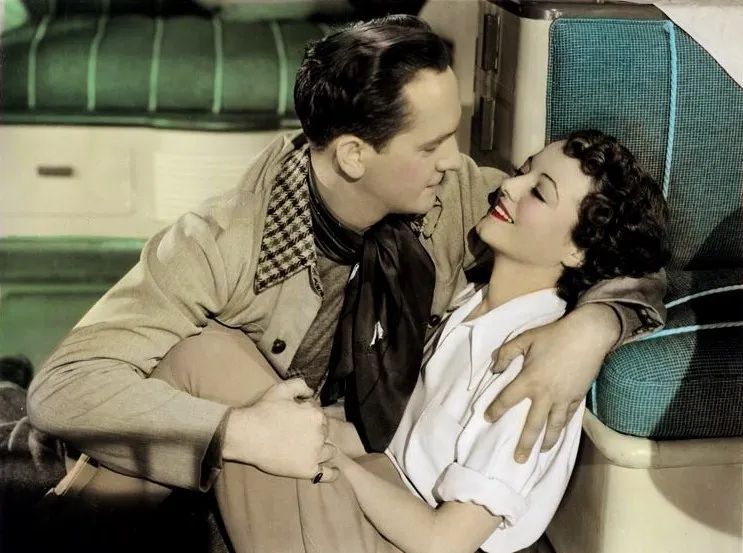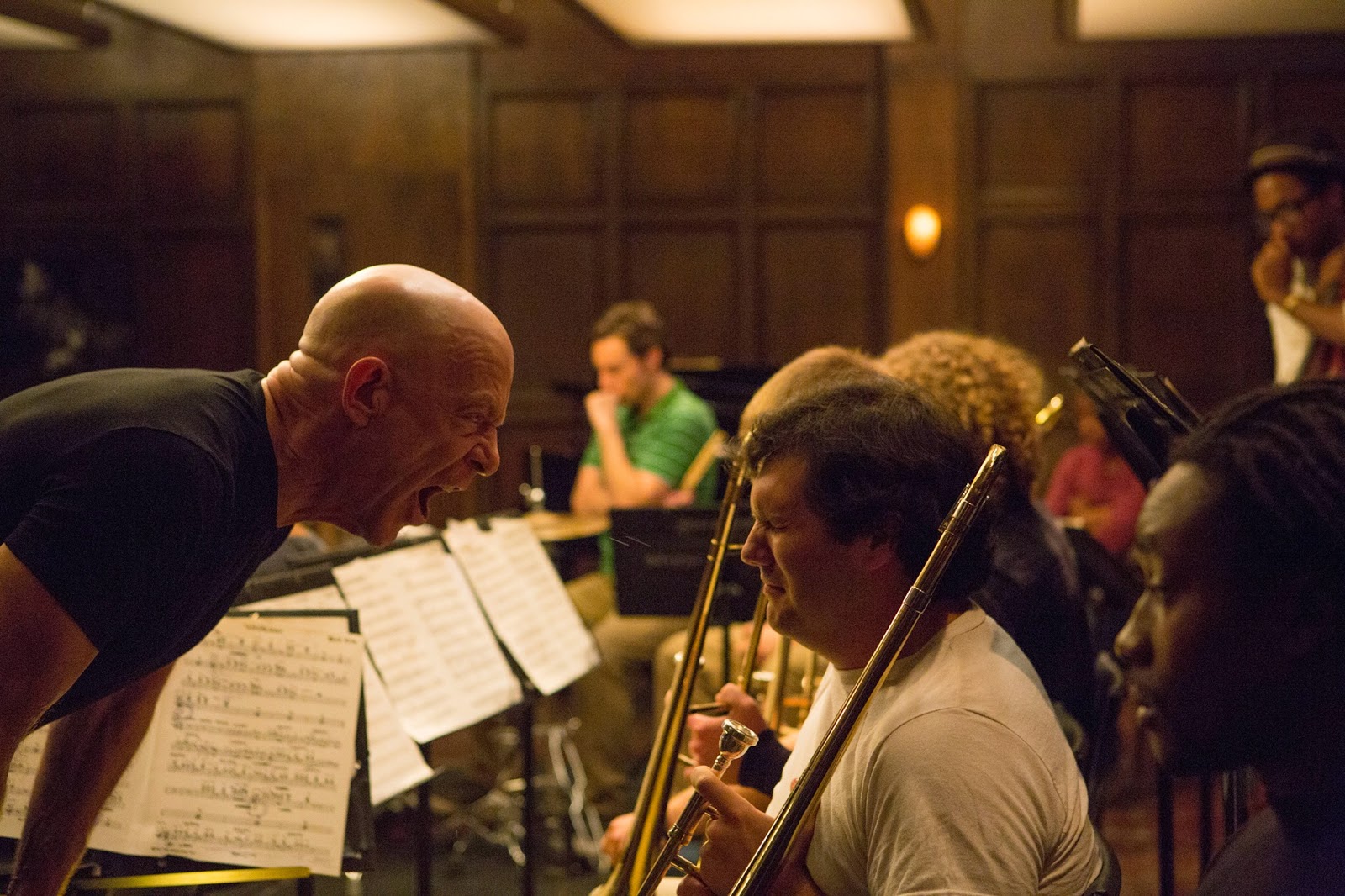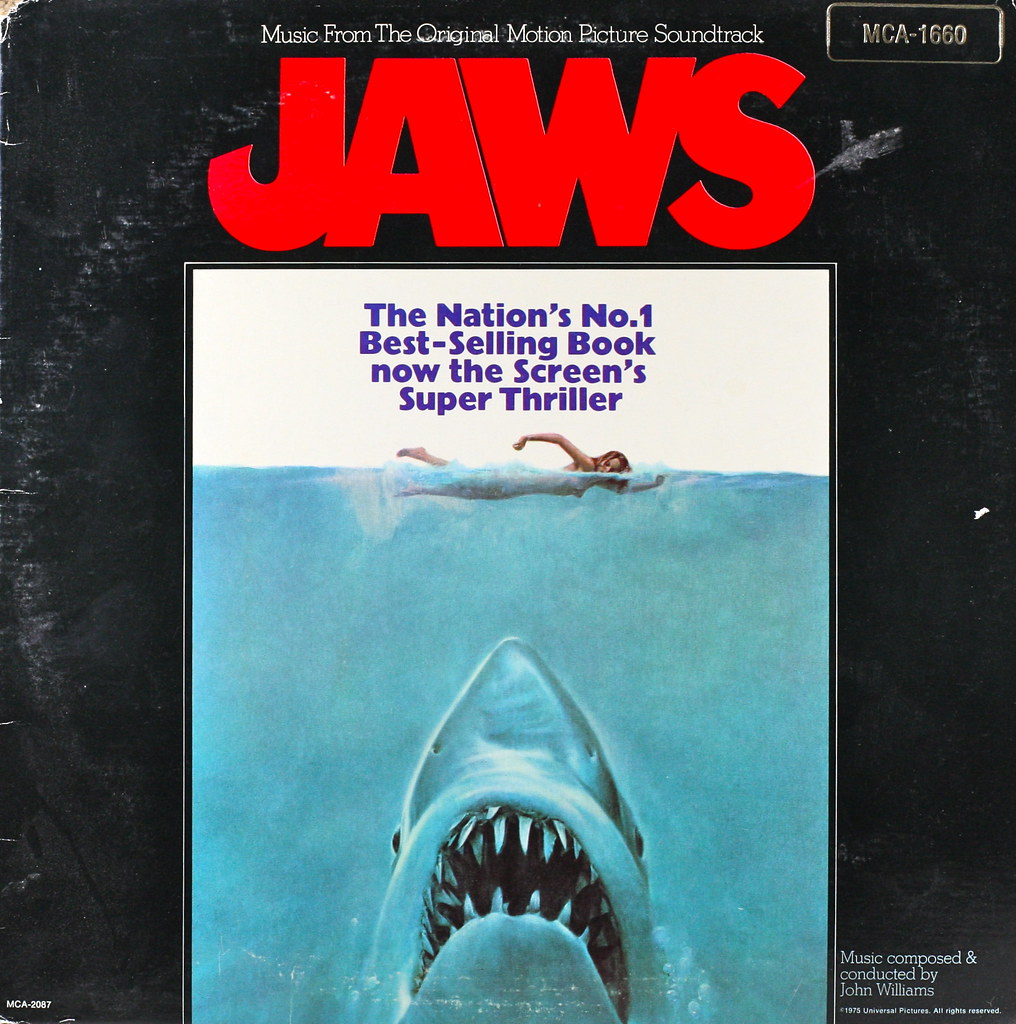
Fifty years on, the unmistakable, ominous thrum of John Williams’ two-note theme still sends a shiver down the spine, a testament to the seismic cultural impact of Steven Spielberg’s 1975 masterpiece, ‘Jaws.’ This wasn’t just a movie; it was an event, a phenomenon that redefined our relationship with the ocean and, more profoundly, with the very experience of going to the movies. Yet, behind the scenes, this cinematic triumph was anything but smooth sailing. Its creation was an epic struggle, a Herculean effort against nature, technology, and burgeoning budgets that pushed a young, 27-year-old Steven Spielberg to his absolute limits. It was a crucible that forged not only an iconic film but also, inadvertently, the template for the modern Hollywood blockbuster.
‘Jaws’ stands as an enduring monument to cinematic alchemy – a fusion of terror, wit, and unforgettable characters that continues to captivate new generations. But its story is also a fascinating case study in creative adversity, where every setback, every mechanical failure, every moment of despair seemed to contribute to its eventual genius. This journey back to the shores of Amity reveals how a film, plagued by an uncooperative star and a director teetering on the brink, transcended its challenges to become an ‘untouchable’ classic, forever altering the landscape of filmmaking and pop culture.
As we reflect on its golden anniversary, we don’t just admire the bite mark it left on culture; we dissect the intricate, often chaotic, process that allowed it to sink its teeth in so deeply. This is a look at how an impossible effort became an unparalleled success, a testament to a unique confluence of circumstances, ingenuity, and pure, unadulterated cinematic vision.
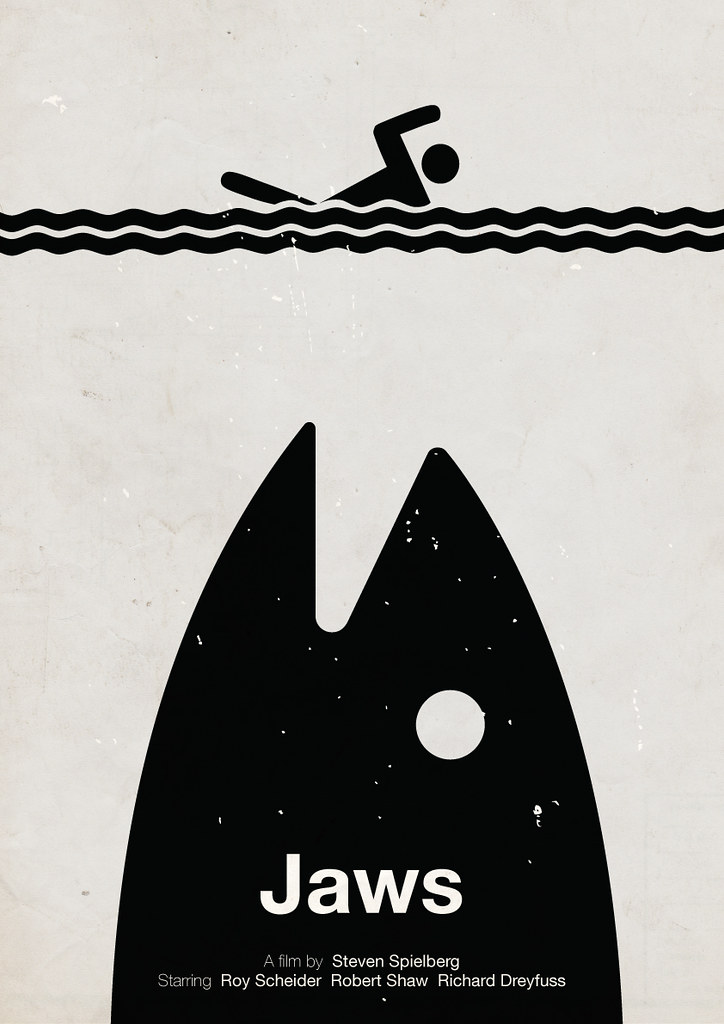
1. **The Chaotic Genesis: Spielberg’s “Vietnam” on Martha’s Vineyard**
The making of ‘Jaws’ was, by all accounts, a relentless and agonizing ordeal, a production so fraught with complications that director Steven Spielberg famously dubbed it his “Vietnam.” His vision, born from the desire for “some kind of verisimilitude,” insisted on shooting the adaptation of Peter Benchley’s novel in a natural environment – specifically, the open waters off Martha’s Vineyard, rather than the controlled confines of a soundstage. While this decision ultimately imbued the film with an irreplaceable authenticity and “smalltown New England flavor,” it also unleashed a torrent of unforeseen challenges that pushed the production to its breaking point.
Boats filled with pleasure cruisers constantly drifted into shots, disrupting takes and forcing repeated delays. The unpredictable nature of the waves and weather made maintaining continuity a near-impossible task, adding layers of frustration to an already strained schedule. Furthermore, the relentless motion of the open sea meant that the cast and crew were perpetually battling seasickness, turning every day into a physical and mental endurance test. This confluence of factors saw the production balloon from an initial 55-day schedule to a staggering 159 days, with the budget nearly tripling to $9 million.
Spielberg, at 27 years old and with only one theatrical feature to his name, found himself under an intense microscope. Rumors swirled on set that Universal Pictures was on the verge of shutting down the production, and Spielberg himself fretted about being fired, admitting later to Time that “Jaws should never have been made.” Despite his internal turmoil, co-writer Carl Gottlieb recalled that Spielberg’s “nails were bitten to the stubs,” but he maintained an outward composure, understanding the critical need to “lead by example” and keep his cool amidst the escalating chaos. This troubled genesis, however, unwittingly became a source of the film’s gritty realism and legendary behind-the-scenes lore.

2. **The Mechanical Monster: Bruce’s Failures and the Power of “Less Is More”**
Perhaps the most infamous antagonist of the ‘Jaws’ production wasn’t the shark itself, but its mechanical stand-in, affectionately nicknamed “Bruce” after Spielberg’s attorney. These animatronic great whites were notoriously unreliable, suffering frequent breakdowns that proved to be both a major headache and, paradoxically, a stroke of creative genius. For weeks, the dreaded phrase “The shark’s not working” echoed across walkie-talkies, terrifying Spielberg and adding immense pressure to an already over-budget and behind-schedule shoot.
These mechanical difficulties, however, forced Spielberg to innovate, compelling him to adopt a “less is more” approach to depicting the creature. Instead of showing the shark in its full, rubbery glory, which would often be submerged and malfunctioning, Spielberg was compelled to find alternative ways to suggest its deadly presence. This led to a brilliant stylistic choice: the suspense came not from seeing the shark, but from the chilling *fear of the unknown* – the spine-tingling question of “What’s in the water?”
Spielberg consciously leaned into an homage to Alfred Hitchcock’s ‘Psycho,’ understanding that the implied menace could be far more potent than explicit visuals. The “visual ellipsis,” as critic Molly Haskell put it, “created far greater menace and terror, as the shark is nowhere and everywhere.” The shark’s full appearance was delayed until well into the film, relying instead on creative editing by Verna Fields, shots from the fish’s perspective, and the ominous sight of a fin cutting through the water. Spielberg himself once estimated that Bruce’s mechanical delays inadvertently added $175 million to the movie’s box office, a testament to how adversity can foster unparalleled creative solutions. ‘Jaws’ demonstrated that often, the most powerful source of dread resides within our own imaginations.
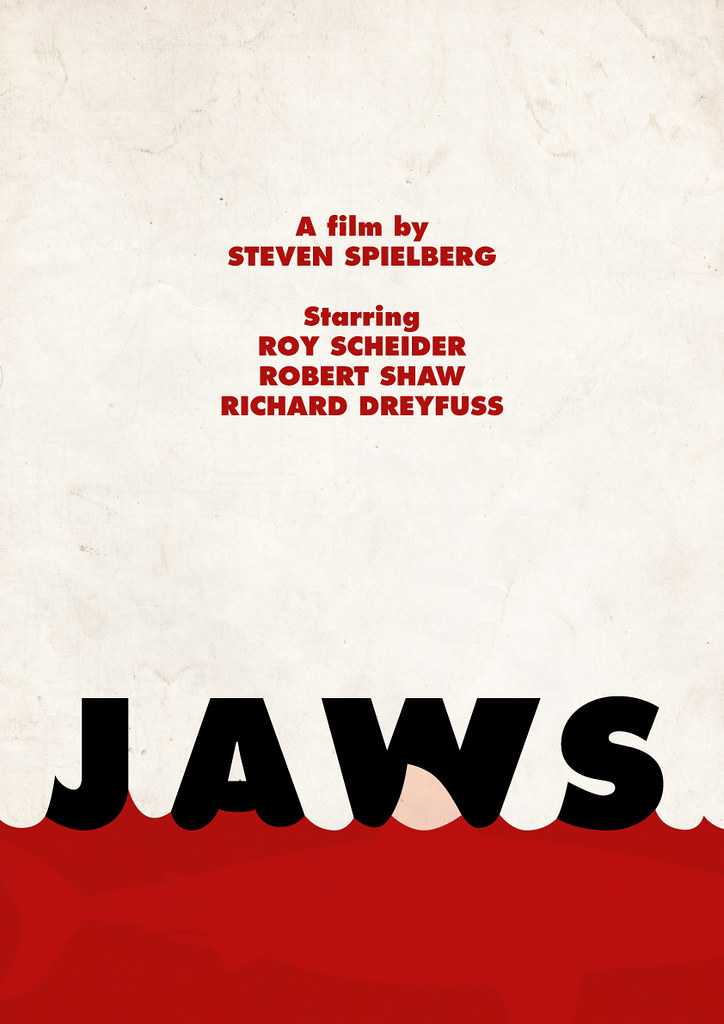
3. **A Symphony of Suspense: John Williams’ Iconic Score**
No discussion of ‘Jaws’ would be complete without acknowledging the profound and indelible contribution of John Williams’ score, a masterful exercise in tension and psychological manipulation. His iconic, minimalist theme — a mere two notes, played by basses and cellos — became an instant classic, arguably one of the most widely known and effective film scores in movie history. It’s a testament to Williams’ genius that two simple notes could so viscerally evoke the presence of an unseen predator, signaling impending doom with terrifying efficiency.
Spielberg initially had a moment of doubt when Williams first played the theme, famously asking, “Are you serious?” But Williams, confident in his vision, explained how the deep tones of the orchestra would amplify its impact. Once brought to life by a full orchestra, the director recognized its brilliance, exclaiming, “Oh, this is wonderful.” This score did more than just accompany the film; it became a character unto itself, an auditory representation of the shark that allowed Spielberg to build suspense even when the mechanical Bruce was out of commission. It’s a sonic signature, forever linked to terror and the vast, unknown depths of the ocean.
The score’s power lies in its ability to tap into primal fears, creating a sense of escalating dread long before any visual threat appears. It’s a psychological weapon, a sonic harbinger of doom that bypasses logic and goes straight for the gut. Williams’ work on ‘Jaws’ didn’t just earn him an Academy Award; it solidified his place as one of cinema’s most important composers and established a precedent for how music could elevate genre filmmaking, becoming as integral to the narrative as any visual element. Its influence is so pervasive that it’s nearly impossible to hear those two notes without instantly recalling the film’s chilling essence, proving that a truly iconic score transcends its film to become a cultural touchstone in its own right.
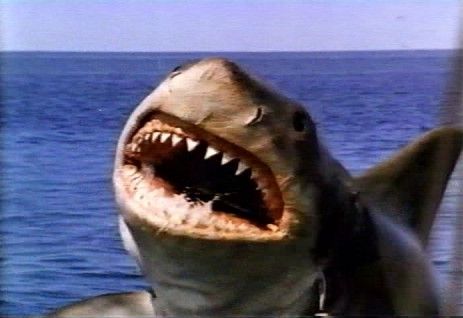
4. **Human-Scale Terror: Character-Driven Drama Amidst the Carnage**
In an era increasingly dominated by blockbusters that boast city-destroying spectacle and astronomical body counts, ‘Jaws’ stands as a powerful reminder of the efficacy of human-scale drama. Despite its immense terror and the reputation of its monstrous antagonist, the film features only a handful of deaths, with its narrative propulsion stemming not from mass destruction, but from the intimate struggle of its protagonists. Compared to today’s swaggering, high-budget productions, ‘Jaws’ might even be considered a modest, mid-budget movie focused intensely on its core characters.
The film’s dramatic core rests squarely on the shoulders of its three main characters: Chief Martin Brody (Roy Scheider), oceanographer Matt Hooper (Richard Dreyfuss), and the grizzled shark hunter Quint (Robert Shaw). Their individual fears, expertise, and clashes of personality drive the story, forging a compelling bond that makes audiences genuinely care about their survival. Casting director Sherry Rhodes further grounded the film in realism by populating the supporting cast with locals from Martha’s Vineyard, injecting the narrative with authentic “little moments of day-to-day humanity.” This approach made ‘Jaws’ feel more like a vibrant, threatened community than a mere collection of actors on a set.
These personal touches, such as the camera lingering on a man left holding a stick after his dog fails to return from a swim, or Brody’s son mimicking his depressed father’s body language at the dinner table, resonate deeply. They underscore the intimate, devastating impact of the shark’s attacks, transforming a fantastical villain into a force that threatens the very fabric of a tight-knit town. The brilliance of ‘Jaws’ isn’t just in its scares, but in its unwavering commitment to its characters, allowing audiences to emotionally invest in their plight. This focus on character and community elevates the film beyond a simple monster movie, ensuring that its drama operates compellingly at a profoundly human level.
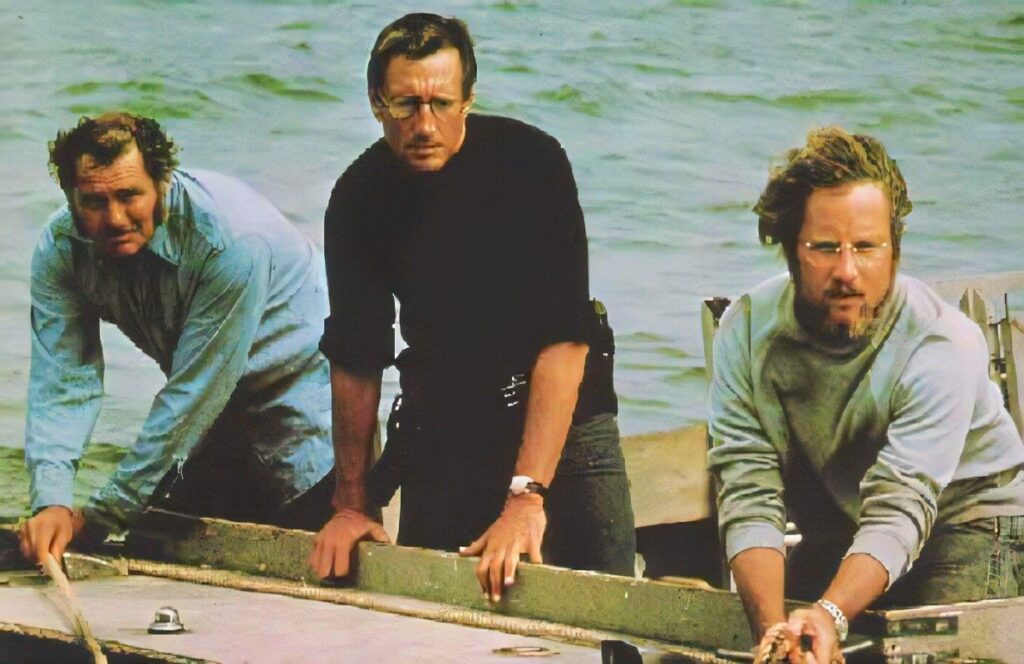
5. **The Allegorical Undercurrent: Capitalism, Greed, and the Real Villain of Amity**
While ‘Jaws’ is undeniably a thrilling tale of man versus beast, its enduring power also stems from a surprisingly incisive allegorical undercurrent that speaks to timeless themes of capitalism, greed, and the human cost of prioritizing profit over safety. On the surface, the film offered pure escapism, a heart-stopping story of a shark off the Massachusetts shoreline that provided a welcome diversion from the recent historical turmoil of the Vietnam War and Watergate. Yet, beneath the waves, ‘Jaws’ tapped into a pervasive societal skepticism, delivering a sharp critique that resonated deeply with viewers.
The true antagonist, many argue, wears a pinstripe suit and smiles for the cameras: Amity’s Mayor Larry Vaughn. His infamous line, “Amity is a summer town. We need summer dollars,” encapsulates the film’s powerful commentary. Despite mounting evidence of a deadly predator, Vaughn’s relentless insistence on keeping the beaches open for economic gain directly leads to more bloodshed. He, and the town’s complacent officials, metaphorically “feast on human flesh” by sacrificing public safety for tourist revenue. This institutional corruption, and its deadly consequences, struck a chord with an audience living through a period of deep mistrust in authority.
‘Jaws’ thus became more than just a shark attack movie; it evolved into a chilling parable illustrating “those endlessly repeating clashes of cash versus social safety.” The film deftly connects the terrifying threat in the ocean to the more insidious danger of unchecked economic imperatives, creating a narrative that remains startlingly relevant decades later. It’s a story where the monster is real, but the villainy is disturbingly human, showcasing how a film can be both thrilling entertainment and a poignant, culturally incisive commentary on the broader dynamics of society. This depth is a significant part of why ‘Jaws’ has endured not just as a spectacle, but as a film with something profound to say.
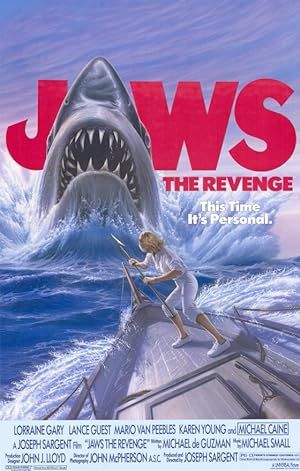
6. **The Birth of the Blockbuster: Redefining Summer Cinema**
Beyond its artistic merits and troubled production, ‘Jaws’ indelibly etched its mark on Hollywood as the progenitor of the modern blockbuster era, fundamentally reshaping how movies were made, marketed, and consumed. Before its arrival, summer was largely considered a “sleepy time in theaters,” a season not typically associated with major cinematic events. ‘Jaws’ decisively shattered this preconception, establishing the template that every action film, superhero saga, or dinosaur spectacle has followed ever since.
When it launched on June 20, 1975, in a then-novel wide release across 409 theaters, ‘Jaws’ generated an astonishing $7.9 million in its first days, a record-breaking sum for its time. This unprecedented success was no accident; it was the result of a deliberate and aggressive strategy by Universal Pictures, involving a massive opening-weekend publicity blitz. While ‘The Godfather’ had made a similar wide release attempt a few years prior, ‘Jaws’ truly solidified and defined the concept of the “summer movie,” transforming the season into the lucrative battleground it is today.
This revolutionary approach demonstrated the immense commercial power of debuting a film nationally with a coordinated marketing push, particularly when school was out and a younger, enthusiastic audience was ripe for entertainment. The film’s “outsize success made studios realize that if they packaged and promoted movies correctly, they wouldn’t just be hits — they could become phenomena, selling T-shirts and toys along with tickets.” ‘Jaws’ didn’t just gobble up moviegoers; it consumed the industry itself, teaching Hollywood an unforgettable lesson about seasonal timing, wide distribution, and the creation of cultural events. It was a bridge between the darker, moodier cinema of the late ’60s and early ’70s and the escapist spectacles that would dominate the decades to come, ushering in an entirely new epoch of cinematic ambition and financial might.
Read more about: Your Ultimate Guide: The 15 Best Streaming Services for Iconic 1980s Movies
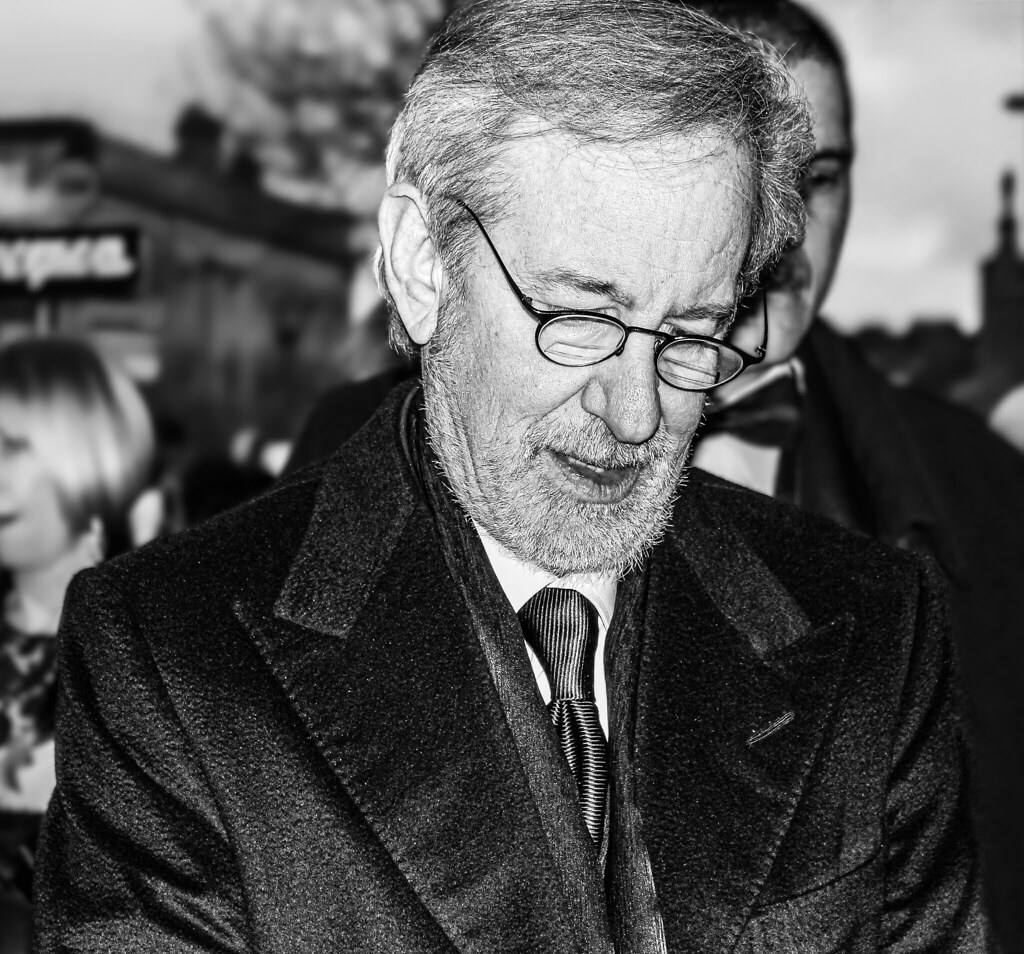
7. **The Marketing Revolution: From Roadshow to National Event**
While the concept of the summer blockbuster might have been accidentally stumbled upon, the marketing and distribution strategy behind ‘Jaws’ was anything but. Universal Pictures orchestrated a deliberate and aggressive $1.8 million promotional blitz, a monumental sum for its era, that irrevocably changed how movies were presented to the public. This wasn’t merely advertising; it was the birth of a new paradigm, transforming film releases from a gradual rollout into a national cultural event.
Historically, many films, even major ones, followed a “road-show model,” premiering in select markets and slowly expanding. ‘Jaws’ shattered this with a then-novel wide release, debuting in over 400 theaters across the country simultaneously on June 20, 1975. The goal was to make the film universally accessible and create a collective experience, ensuring that ‘Jaws’ wasn’t just a hit in New York or Los Angeles, but a sensation felt everywhere at once.
Key to this strategy were extensive television spots, with dozens of 30-second commercials airing during primetime network shows like ‘The Waltons’ and ‘Happy Days.’ This pervasive media presence ensured that the ominous two-note theme and chilling imagery were inescapable. Furthermore, Universal shrewdly coordinated with Peter Benchley’s publisher, aligning the marketing campaigns for the book and the film to leverage existing “pre-awareness” and prime audiences for the cinematic carnage. This unprecedented synergy ensured that ‘Jaws’ arrived not just as a movie, but as a meticulously prepared, unavoidable cultural phenomenon.
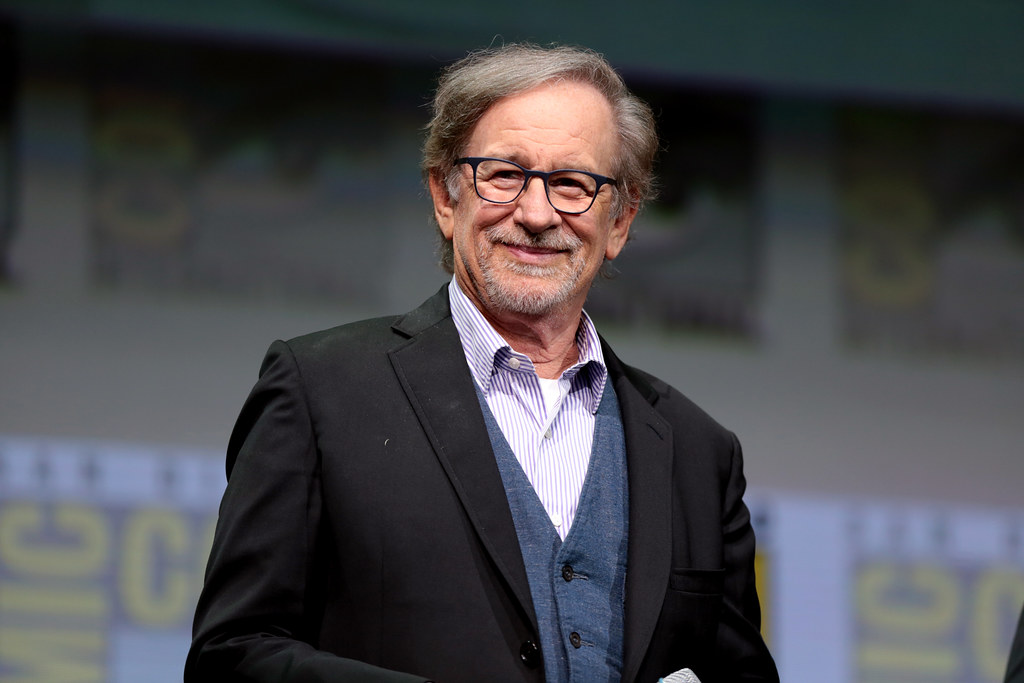
8. **Crafting the Narrative: Streamlining Benchley’s Vision**
Steven Spielberg’s innate understanding of cinematic storytelling was evident in his meticulous crafting of the ‘Jaws’ narrative, a process that involved significantly streamlining Peter Benchley’s original novel. The director instructed co-writer Carl Gottlieb to eliminate everything he deemed “extraneous,” stripping away subplots that, while perhaps interesting on paper, would dilute the film’s focused intensity. This meant sacrificing elements like an affair between Hooper and Brody’s wife, and a shadowy real estate conspiracy involving the Mafia.
The conscious decision to cast aside these diversions was driven by a clear purpose: to be “totally focused on the story of three men against the sea.” Spielberg understood that for the film to achieve its maximum impact, the audience’s attention needed to be singular, undistracted by unnecessary complexities. This narrative purity allowed the central conflict, the man-versus-beast struggle, to resonate with unadulterated power, ensuring every scene contributed directly to the escalating tension.
Beyond streamlining, Spielberg also pushed for a more formidable antagonist. While Benchley initially advocated for a “normal shark doing what normal sharks do” at around 15 feet, Spielberg, with his keen cinematic eye, insisted on a creature of “gargantuan size and scope.” He knew that for the shark to be truly terrifying and capable of captivating an audience for two hours, it needed to be a “monster who could swallow Robert Shaw whole” at 25 feet. This decision amplified the stakes, creating a villain that transcended mere animal instinct to become a force of nature, perfectly calibrated for the big screen.
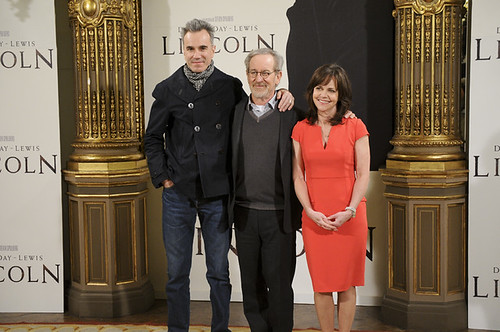
9. **The USS Indianapolis Monologue: An Aria of Trauma and Truth**
Among the many indelible moments in ‘Jaws,’ Quint’s USS Indianapolis monologue stands as a towering achievement in cinematic storytelling, often cited as one of the most powerful and haunting speeches in film history. This four-minute aria of trauma and suffering, delivered by Robert Shaw’s grizzled shark hunter, transcends its immediate context to become a profound meditation on survival, despair, and the primal fear of the ocean.
The genesis of this legendary speech was a collaborative effort, honed by various writers, including Carl Gottlieb, Gloria Katz, and John Milius. However, it was Shaw, a gifted playwright himself, who ultimately “cracked it,” taking all the disparate versions and shaping them into a cohesive, visceral narrative. His profound understanding of character and dramatic rhythm allowed him to infuse the words with a raw authenticity that left the cast and crew stunned, cementing its place in the final cut.
The monologue’s purpose extends far beyond mere exposition. It is essential in establishing the deep, albeit unspoken, bond between the three protagonists. As Quint drunkenly recounts the horrific details of watching his fellow sailors being ripped apart by ravenous tiger sharks after their cruiser sinks, he reveals a vulnerability and a profound, personal connection to the very terror they are hunting. This shared moment of raw, human experience solidifies their alliance, making audiences genuinely care about their fate.
This scene is a masterclass in how to elevate genre filmmaking. It takes a fantastical villain and grounds the drama in deeply human-level stakes, allowing the film to explore themes of resilience, the psychological scars of war, and the indifferent brutality of nature. In an era of quick-cutting action, the prolonged intensity of Quint’s story proves that emotional depth and character development remain paramount, forging a lasting connection with the audience that few films achieve.

10. **The Untouchable Legacy: Why ‘Jaws’ Can’t Be Repeated**
Fifty years on, the profound truth about ‘Jaws’ is that what happened in June 1975, both on Martha’s Vineyard during its troubled production and in cinemas nationwide, is utterly unrepeatable. It wasn’t merely the result of a brilliant script or a visionary director; it was a rare confluence of a “thousand small miracles” that conspired to create an “untouchable” masterpiece. This unique blend of circumstances, talent, and sheer serendipity ensures its place as a singular moment in cinematic history.
Consider the seemingly random elements that contributed to its magic: the working title, ‘Jaws,’ emerging minutes before print; Roger Kastel’s iconic painting for the book becoming the film’s unforgettable poster; Roy Scheider’s casting born from overhearing Spielberg at a party. Even John Williams’ revolutionary two-note score, initially met with skepticism by Spielberg, proved to be an instant classic, a testament to the power of artistic conviction and unique vision. These aren’t just anecdotes; they are pieces of a puzzle that could only fit together once.
The film’s success wasn’t solely about its terror or spectacle; it was also about its meticulous timing and the cultural landscape it landed in. ‘Jaws’ provided a thrilling, cathartic release for audiences navigating the cynicism of the post-Vietnam and Watergate era, offering escapism with a resonant allegorical undercurrent. This perfect storm of creative genius, market conditions, and audience hunger for something fresh and impactful is simply not reproducible, even with today’s advanced technology and marketing tools. It remains a testament to the unpredictable, almost mystical, alchemy of filmmaking.
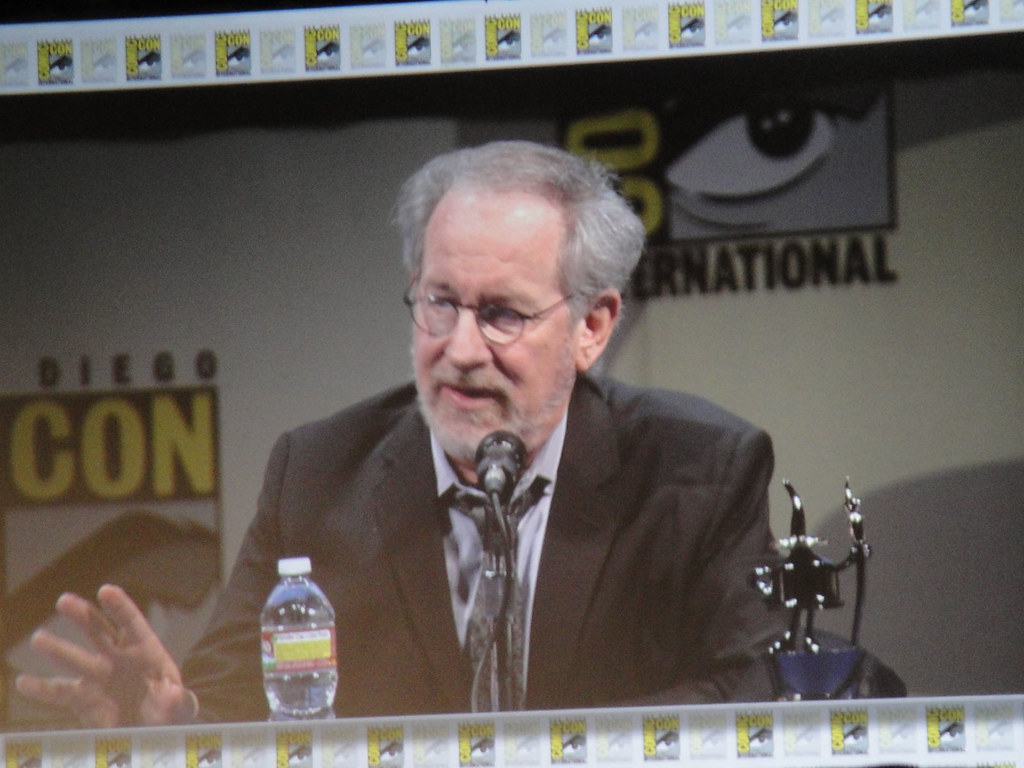
11. **Spielberg’s Emergence: From Wunderkind to Visionary**
‘Jaws’ didn’t just redefine Hollywood; it launched Steven Spielberg’s career into the stratosphere, transforming him from a promising young director into a celebrated “wunderkind” overnight. The public fascination with his talent intensified, and suddenly, at just 27, he was under intense scrutiny, grappling with the unprecedented pressure to top ‘Jaws’ commercially. He famously admitted, “I don’t think I’ll ever top ‘Jaws’ commercially,” showcasing a humble awareness of the monumental achievement.
Despite this initial apprehension, Spielberg proved his artistic ambition was far from exhausted. While he was wrong about never topping ‘Jaws’ commercially – his subsequent films ‘E.T. the Extra-Terrestrial’ and ‘Jurassic Park’ would break even more box office records – he steadily moved beyond his populist roots. His career trajectory showcased a director constantly striving for new artistic challenges, ultimately delivering masterworks like ‘Schindler’s List’ and ‘Saving Private Ryan,’ which delved into bleak and complex historical moments.
This evolution highlighted a key aspect of Spielberg’s visionary status: his willingness to stretch as an artist, telling bolder and more challenging stories that explored deeper emotional and historical landscapes. While he left an indelible mark on sci-fi and adventure, he also famously (and perhaps understandably) kept his distance from water-based productions, telling biographer Richard Schickel in 2024, “You’ve probably noticed I haven’t done very many water pictures since ‘Jaws’.” The film, for all its success, left even its director with a lasting, perhaps personal, fear of the ocean, a testament to its profound impact.
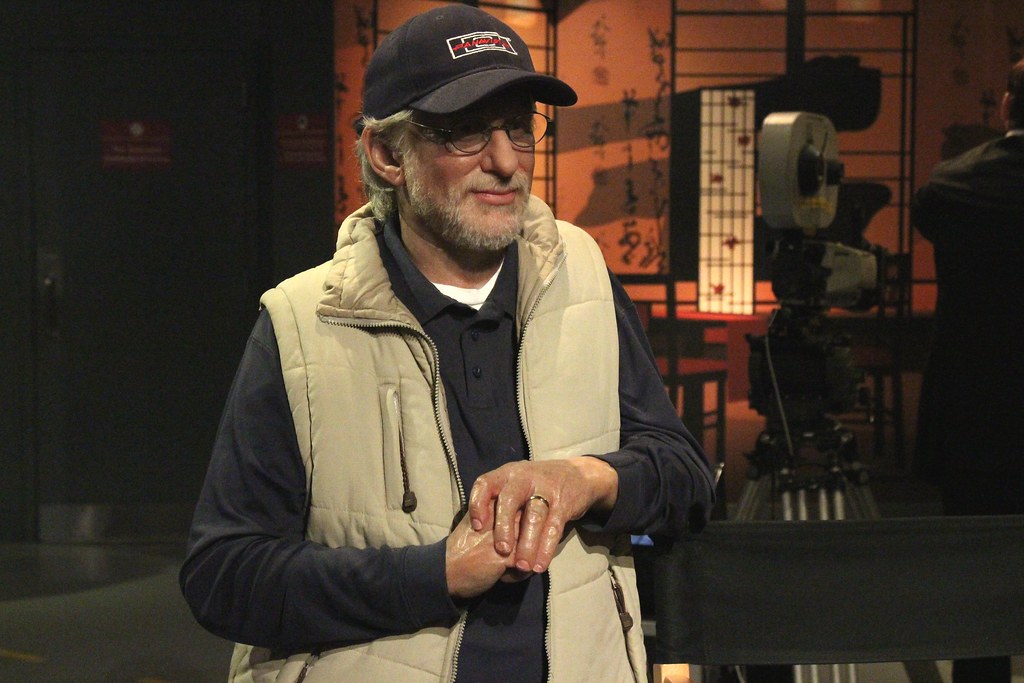
12. **Hollywood’s Misread Lessons: Beyond “Bigger Boat”**
For all the revolutionary lessons ‘Jaws’ offered Hollywood, the industry hasn’t always drawn the right conclusions from its monumental success. Robert Zemeckis astutely observed that the film “supercharged the language of cinema,” yet this power was often misinterpreted. The enduring meme, “You’re gonna need a bigger boat,” has perhaps been taken too literally by subsequent generations of filmmakers, leading to a relentless pursuit of ever-greater scale and spectacle, often at the expense of the very elements that made ‘Jaws’ a masterpiece.
Today’s blockbusters, with their city-destroying plots and astronomical body counts, frequently miss the crucial point that true brilliance in ‘Jaws’ had little to do with overwhelming visual effects or mass destruction. The film’s terror was human-scaled, its drama intimate, and its suspense built on the unseen, the implied, and the deeply personal investment in its characters. This focus on character and community, rather than gratuitous explosions, is what truly elevated the film beyond a simple monster movie.
Numerous films, including the three ‘Jaws’ sequels, have tried in vain to recapture its magic, demonstrating that simply throwing more money or bigger sharks at the screen is not the answer. The film’s most powerful source of dread was our imagination, not a fully rendered CGI creature. The industry’s obsession with establishing sprawling cinematic universes and merchandising, while profitable, often overlooks the singular, compelling narratives and compelling characters that formed the bedrock of ‘Jaws’.
‘Jaws’ serves as a perpetual reminder that while spectacle has its place, it’s the human element, the meticulous craft, and the profound connection to an audience’s primal fears and hopes that truly makes a film “untouchable.” Hollywood’s ongoing challenge is to learn anew from this 50-year-old classic: that a bigger boat doesn’t always lead to a better story.
And so, as the ominous two-note theme continues to resonate across generations, ‘Jaws’ endures not just as a cultural artifact, but as a living lesson for filmmakers everywhere. It’s a testament to the power of a single, brilliant vision that, against all odds, birthed a legend and left an indelible bite mark on the very fabric of cinema. Its legacy is a perpetual invitation to look beyond the surface, to trust in the power of suggestion, and to remember that the most terrifying and compelling stories often lie in the depths of our own imaginations. Steven Spielberg’s impossible effort became an unparalleled success, proving that sometimes, the greatest triumphs are born from the most profound adversity, leaving us with a film that continues to define, inspire, and occasionally, make us rethink that swim in the ocean. Happy anniversary, ‘Jaws’. You’re still terrifyingly wonderful.


